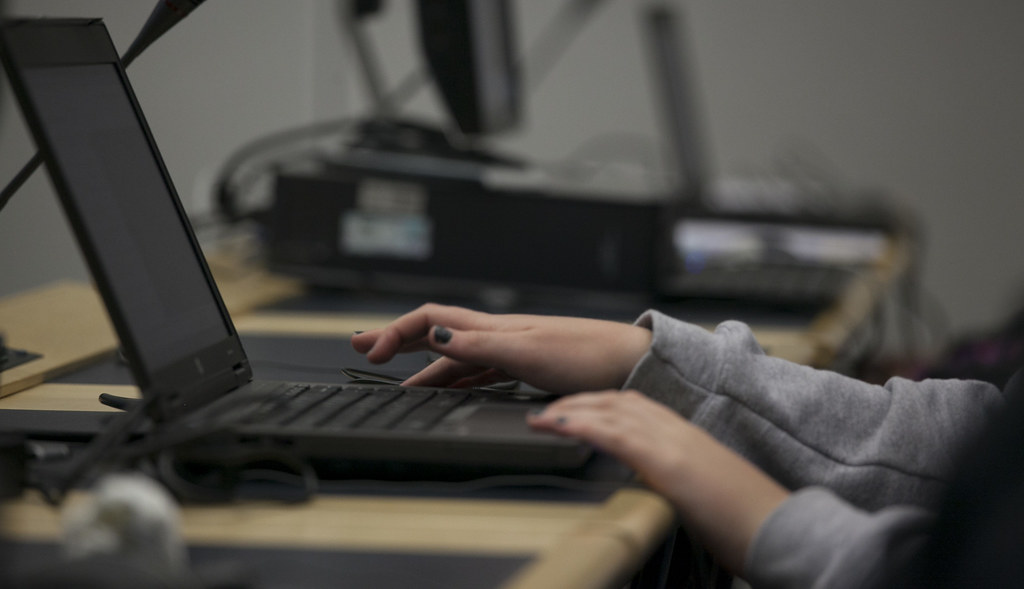The Smarter Balanced Assessment Consortium (SBAC) will take place April 19-21, according to the MHS school calendar.
This year, the tests will be in-person, Assistant Principal Amanda Gross said in an interview.
“This test is supposed to look at how is the student progressing based on what our teachers should be teaching based on the state standards,” Gross said.
Last year, students took the test at home using their Chromebooks, and their teachers would monitor them from school through the Chromebooks, Gross said.
“[This year] all the students will be in their homeroom, in person, and the teacher will be monitoring in person through the classroom,” Gross added.
The test is administered to juniors only, with the exception of a few seniors who did not take the test last year, Gross added.
“I truly have to say I have high hopes for our students and for our teachers because everybody did really well making the transition to distance learning last year,” Gross said.
Benefits to taking the SBAC include access to the Early Assessment Program, which is a program used by the California State University and California Community Colleges systems to place students in appropriate level English and math classes that match your skill level, Gross said. However, the scores have no bearing on college applications, Gross added.
There are other benefits to taking the SBAC as well. “This test would be a portion of the deciding factors in things like the State Seal of Biliteracy and the Golden State Merit Diploma,” Gross said.
However, if one is truly against taking the SBAC, there is a way to opt out. A form will be sent out through email with instructions for parents who want to exempt their child from SBAC testing, Gross said.
“I would say typically in a school year, [there would be] anywhere between 25 and 40 opt-out letters,” Gross said.
According to Gross, last year, due to the pandemic, there were about 200 opt-out letters. She added that this influx of opt-out letters was likely because parents did not want to subject their children to any more stress during the COVID-19 pandemic.
“The state… has what they call a 95% participation rate. Every year with the exception of last year, we have hit 95%,” Gross said.
Although MHS did not reach 95% participation, the state noticed and understood the difficulty for students and parents during the pandemic and decided to waive the percentage rule last year, Gross added.
When asked about how the SBAC is funded, Gross responded, “It’s a state-run test, and CAASPP, the California Assessment of Student Performance and Progress, is the overarching umbrella.”
Because students have not been in a classroom for over a year, there is the potential risk of learning loss, Gross said.
“I believe yes, things were tough, but I also believe our students did really well,” Gross said. “My hope is that our students are going to do well, the way they’ve done in the past.”

